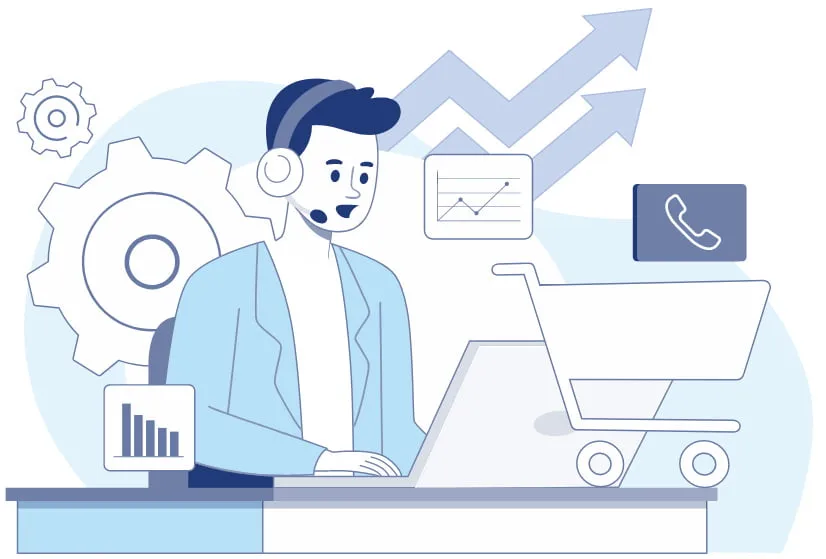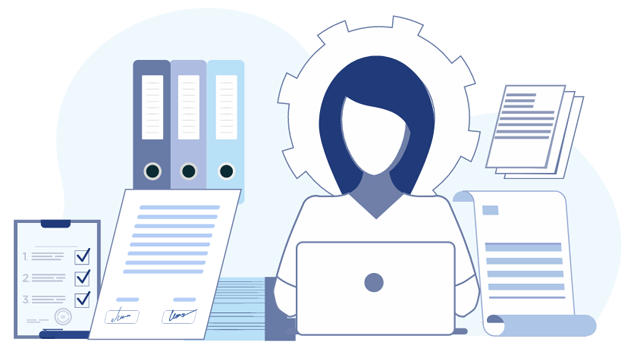Transform Your business Operations With Our Integrated Asset Management System
Create an organized and reliable workplace for your team with our Integrated Asset Management System.
Our IT asset management software is developed to integrate with your various software solutions and programs to work together seamlessly and efficiently.
Enter the possibility of IT equipment tracking software, where you can now experience the combination of your distinct asset management tools. Through this integration, carefully monitor, manage, and optimize your assets.

Effortless Monitoring: IT Equipment Tracking Software
Redefine your efficiency by seamlessly connecting your systems with our IT asset management software. AntMyERP’s asset integration serves as a single interface for managing and monitoring your integrated assets, where you can ensure that your integrated asset services are being utilized to their fullest capacity.
Get real-time visibility and reduce the risk of equipment loss or misplacement with our inventory management integration software.

Emphasis on Operational Efficiency
AntMyERP’s asset management system is integrated and automated at every stage, starting from vendor procurement to the sale consumption process/ in-house consumption) to asset disposal.
Our IT asset management software integrates the processes of asset procurement (PO), device assignment (sales/rent/self), breakdown calls on it, and spares consumed until the asset scrape stage or the asset disposal stage. Every process is integrated to give complete insight into asset life cycle management.
All your assets can be easily integrated into our asset management integration software, starting with purchase, sales, service, breakdown calls, and disposal.

Best Practices for Asset Management Integration
To make sure asset integration initiatives are in line with organizational priorities and goals, it is important to spell out exactly what you want to achieve.
Make sure the data is secure, of good quality, and follows the rules by putting in place strong data governance policies and procedures.
Pick the right integration tools and technologies for your business based on its needs, budget, and technical abilities.
Carefully look at the current systems, processes, and data sources to find ways to connect them, problems that might come up, and what is needed.
Always check and see how well the combined assets and processes are working. This is to find places where they can be improved and made more efficient.

features